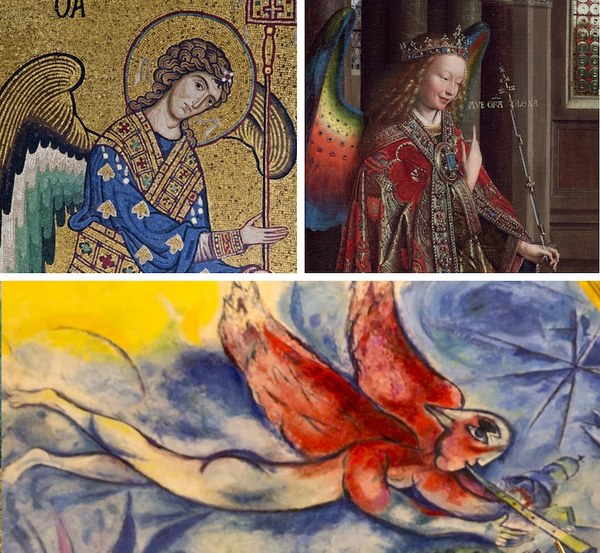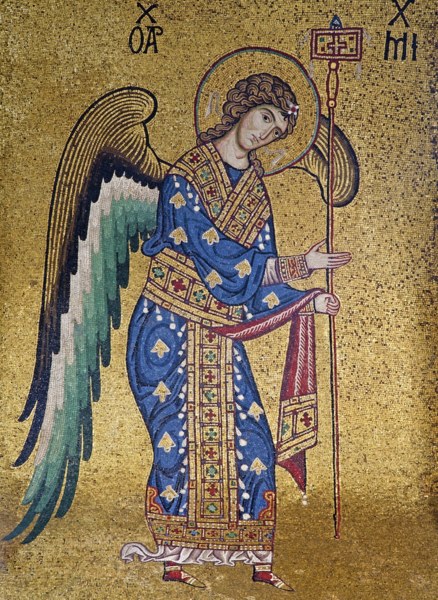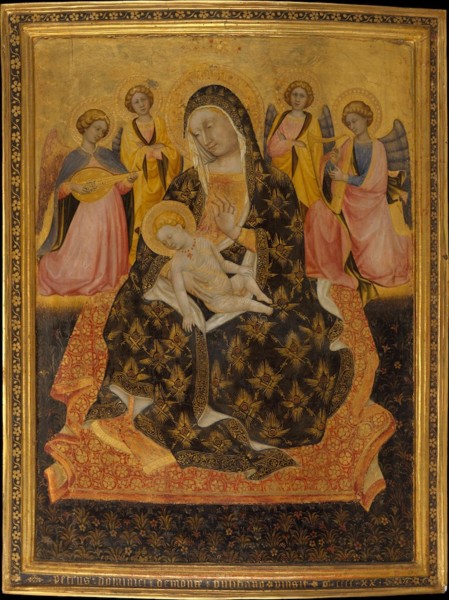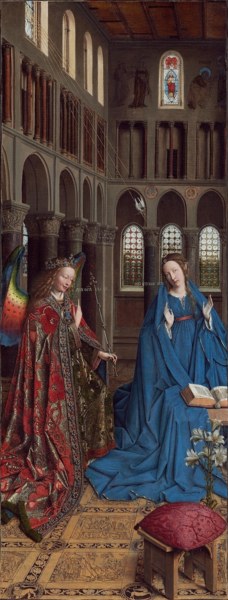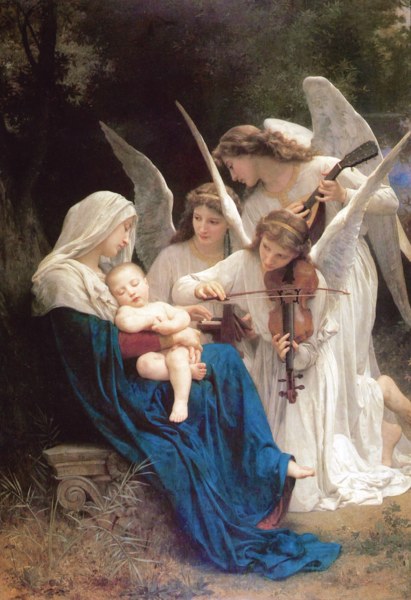

 字體:小 中 大
字體:小 中 大 |
|
|
|
| 2018/12/25 18:23:23瀏覽184|回應0|推薦7 | |
|
探討天使在藝術上的啟示
Exploring the Heavenly History of Angels in Art
For centuries, angels have graced works of art with their ethereal presence. Appearing as ancient statues and adorning modern murals, these winged figures have become a fixture in art history spanning medium, culture, and time.
While our contemporary idea of what an angel looks like emerged in the 4th century, the existence of angel-like figures in art can be traced back thousands of years. Here, we explore the heavenly history of these divine beings, beginning with the earlier entities that inspired them.
Angelic Precursors
Assyria亞述文化 In ancient Assyrian culture, a lamassu was a protective deity. Also commonly known as a “winged bull,” this hybrid figure comprises the head of a human, the body of a bovine or lion, and large, feathered wings.
Because of both its role as a protector and the beauty of its mythological appearance, this god was often the subject of Assyrian art. Most famously, pairs of sculpted lamassu were placed at palace entrances, with the earliest examples dating as far back as the 10th century BCE.
Ancient Greece In Greece, two flight-ready figures inspired angels in art: Eros(愛神) and Nike(希臘的勝利女神).
In mythology, Eros (later known as the Roman equivalent, Cupid) is the son of Aphrodite and the god of love. Art from the Classical period (510 BCE-323 BCE) depicts Eros as an adolescent with prominent wings.
During the Hellenistic period (323 BCE-31 CE), the popularity of marble sculptures soared. Many artists used this medium to craft statues of the gods, with the Winged Victory of Samothrace among the more famous examples.
Created to commemorate a sea battle in the early second century BCE, this 18-foot sculpture portrays Nike, the Greek goddess of victory. The skillfully carved figure is celebrated for its realistic stance, flowing drapery, and, of course, its colossal wings.
Angels in Art History Rome
天使最早的藝術詮釋在普里西拉的地下墓穴可看到,是3世紀埋葬基督徒的採石場。 在一個地下墓穴的房間裡,一系列壁畫展示了舊約和新約的場景。 除了伊薩克的束縛和瑪當娜與孩子的影像之外,這些壁畫在講天使報喜的故事,聖經上的故事,天使加百列宣布瑪麗將懷上帝的孩子。
The earliest artistic interpretation of an angel was found in the Catacomb of Priscilla, a quarry used for Christian burials in the 3rd century.
In one of the catacomb’s chambers, a collection of wall paintings illustrates scenes from the Old and New Testaments. In addition to the Binding of Isaac and images of the Madonna and Child, these frescoes tell the story of the Annunciation—a biblical event in which angel Gabriel announced Mary would bear the son of God.
Though believed to be Gabriel, this figure did not have wings. In fact, it wasn’t until the following century that artists would associate the familiar forelimbs with angels.
Byzantium The first known work of art showing angels with wings dates back to the 4th century. Adorning what is known as the Prince’s Sarcophagus, a marble coffin found near Turkey, these relief carvings are the first of many winged angels found in Byzantine art.
For the next few centuries, angels would pop up as the subject of gilded mosaics, panel paintings, and other Roman Catholic icons.
拜占庭
The Middle Ages Medieval artists adopted the Byzantine interpretation of angels, incorporating them into their gold-ground paintings. Often, these flying subjects can be seen floating in the background of scenes starring seated holy figures, like the Virgin Mary and Jesus in Madonna and Child with Angels by Pietro di Domenico da Montepulciano.
Similarly, the divine messengers often appeared in illuminated manuscripts, featuring as both decorative elements and the stories’ main subjects.
The Italian Renaissance
During the Early Renaissance, artists continued to incorporate angels in their paintings. Unlike medieval portrayals, however, these figures began to look less ethereal and more earthly—an evolution that hinted toward the High Renaissance artists‘ eventual interest in naturalism. An early example that demonstrates this shift is Madonna With Child and Two Angels by Fra Filippo Lippi.
Northern Renaissance artists like Jan Van Eyck also reimagined the angels’ wings themselves, replacing their ivory or golden feathers with striking rainbow gradients.
Neoclassicism Inspired by the realism of the Renaissance, Neoclassical artists painted naturalistic angels. Rendered as both Cupid-esque cherubs and beautiful female figures, these angels evoked the down-to-earth quality of earlier Renaissance models.
Unlike the latter, however, Neoclassical angels were not strictly found in biblical depictions; they also featured in mythological iconography and allegorical scenes inspired by Classical art, like William Bouguereau’s well-known Birth of Venus.
Modernism In the 20th century, artists continued looking to the high heavens for inspiration. Jewish modernist Marc Chagall regularly incorporated angels into his work, citing his lifelong interest in the Old Testament as his muse. “I have been fascinated by the Bible since I was very young,” he said. “It always seemed to me, and it still does, that the Bible is the greatest source of poetry that has ever existed. Since that time, I have been seeking to express this philosophy in life and art.”
Contemporary Art Finally, contemporary artists continue to create angelic works of art. From Keith Haring’s expressive line drawings to an ethereal Tracy Emin exhibition, these pieces and projects prove the everlasting power of the spiritual subject.
|
|
| ( 休閒生活|藝文活動 ) |



